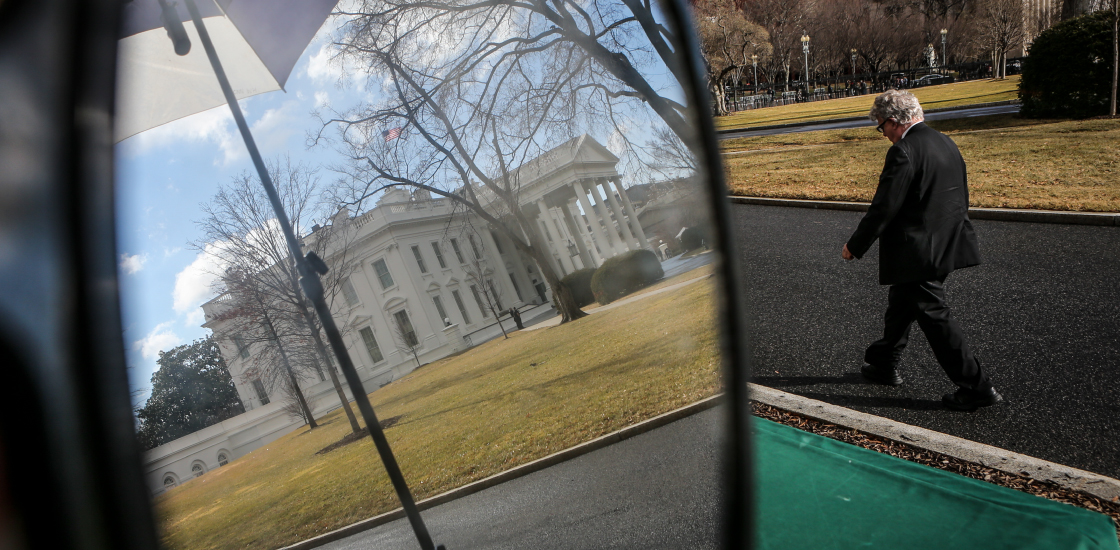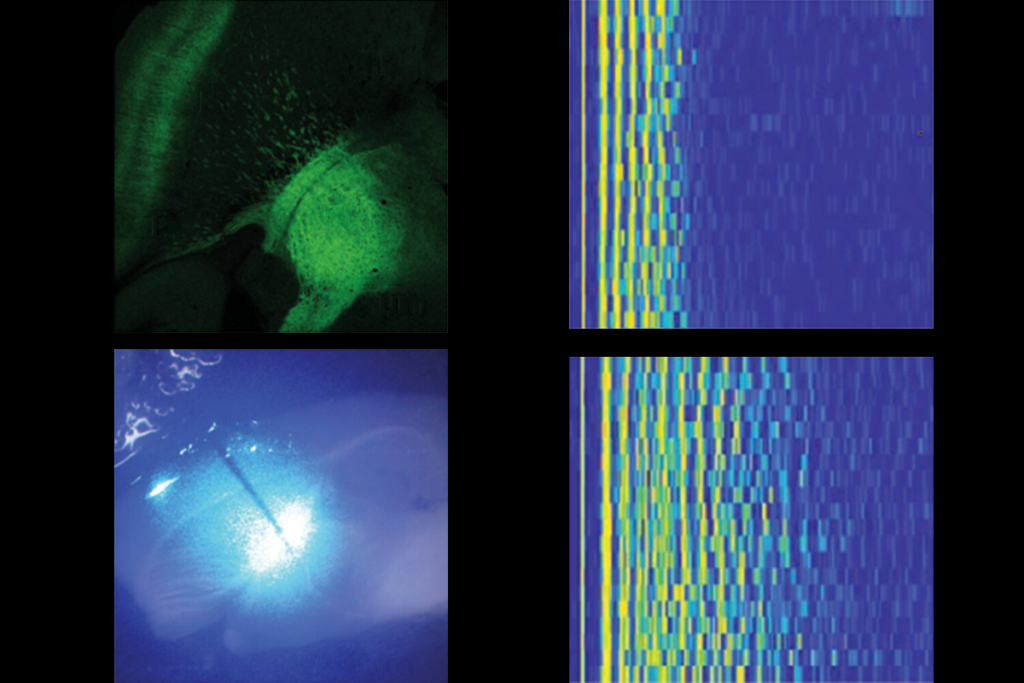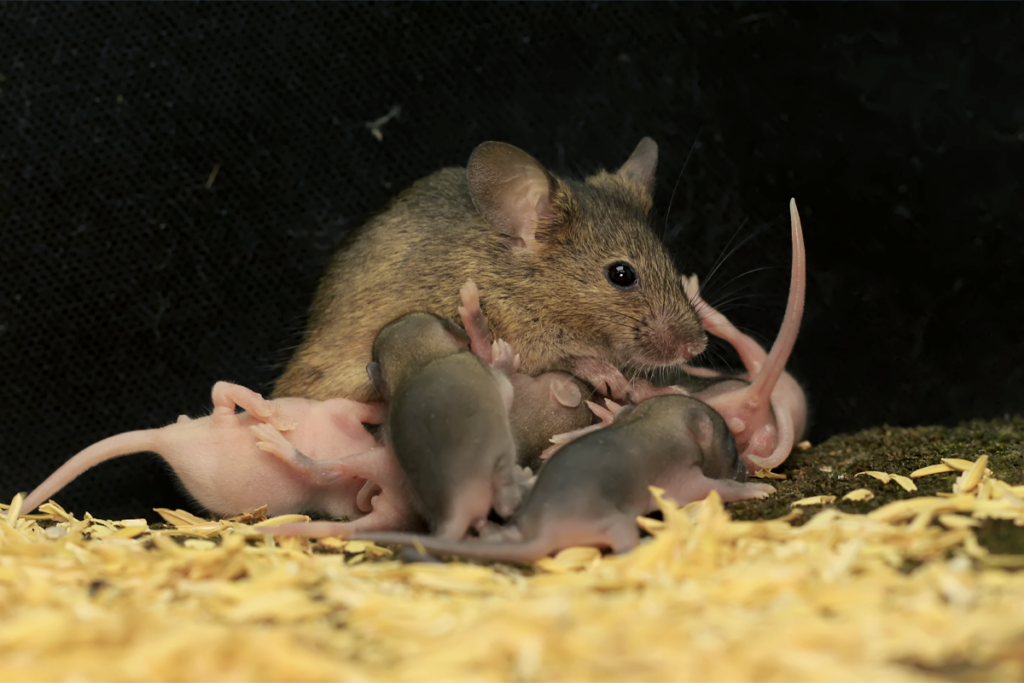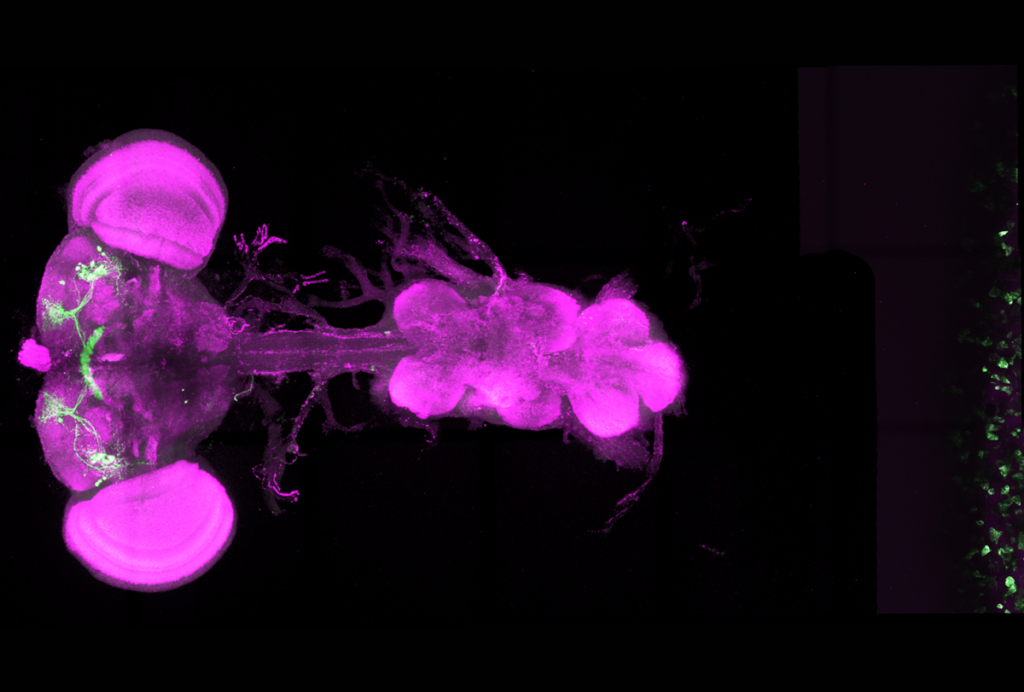Why U.S. science may seriously suffer from a government shutdown
Even a brief shutdown of the government can dramatically affect the process of conducting science and the support for young scientists.

The U.S. government still lacks an approved budget for fiscal year 2018, a draft of which began circulating 1 October. The temporary budget, called a continuing resolution, that Congress passed in October expired on 19 January. Because of this, by law, many government offices and functions shut down at midnight on 20 January.

Policy points:
Congress agreed to pass another continuing resolution that will keep the government open until 8 February. If a budget isn’t finalized by then, there is a good chance that the government will shut down again — until Congress approves a new budget and President Trump signs it.
This is the eighth shutdown of the federal government since this strict legal interpretation — that agencies must stop functioning in the absence of an approved budget — was first made in 1976. The most recent such shutdown was in 2013.
We can argue for a long time about why the United States keeps hitting this crisis point. But there is no question that even short-term government shutdowns can dramatically affect the process of conducting science and the support for young scientists.
A shutdown may delay important projects by postponing the review of proposals for funding. It may diminish incentives for young researchers to stay in science. And it may slow or halt data collection in clinical trials — an immediate impact that could have long-term consequences.
Sluggish review:
Let me explain with a few small examples. I review many grant proposals for the National Institutes of Health (NIH). I received a message the first morning of the shutdown from the NIH official in charge of a review committee, saying that all review activities were on hold and that the web portal for submitting and reviewing grant proposals had ceased to function. The chair of my department sits on the National Advisory Mental Health Council, which advises the NIH director about which grant proposals to fund. The chair couldn’t access any of the proposals in the week before their meeting.
When a new assistant professor in my lab sent an email to an NIH program officer to remind her that we had a call scheduled for that day to discuss an exciting new project, the colleague got an out-of-office message. It said that no NIH business would be conducted until the government reopens.
The project was a test of an innovative approach for increasing the use of parent coaching in early intervention for autism. The call with the program officer would determine whether the project fit with NIH priorities. It also was time-sensitive because it’s linked to a big community initiative. Needless to say, she and I were frustrated and little panicked that we’d not be able to move on this proposal to take advantage of the community partnership.
Early February will mark a submission deadline for NIH applications — about 17,000 are likely to be submitted. It is also the month that applications submitted the prior October are reviewed. If the government shuts down, neither process will occur.
Many postdoctoral fellows and junior faculty participate in the NIH Loan Repayment Program. This innovative program is important for recruiting and retaining highly qualified health professionals into biomedical or biobehavioral research careers. This program has also stopped processing payments.
Confidence crash:
If the government shuts down on 8 February, all research at the NIH will cease unless the agency’s director decides that it is medically necessary. This means that clinical trials may stop recruiting participants and conducting any research that does not affect the participants’ health. The abrupt halt to data collection may jeopardize studies that have gone on for years.
The vast majority of NIH employees will be furloughed until the government reopens. They also would be barred from attending scientific meetings, severely curtailing scientific discourse and the progress that it brings.
Do shutdowns have long-term consequences on scientific productivity and the number of young scientists entering the field? There are no good data to answer that question.
We do know that shutdowns have a noticeable effect on the U.S. gross domestic product and that they shake consumer confidence, so it is quite likely that they shake the confidence of scientists as well.
Young scientists making important career decisions may be particularly vulnerable. A lack of funding, even a temporary one, might steer them away from deciding to enter fields that may advance our understanding of how to prevent and treat various conditions, such as autism. It might mean that fewer people opt to work on ways to increase the quality of life of people with those conditions and their families.
Government shutdowns have effects that extend far beyond those described here. But as we examine the impact of political gridlock and grandstanding, perhaps the effect on science should also figure into our calculus.
Recommended reading

Sensory gatekeeper drives seizures, autism-like behaviors in mouse model

Protein interactions important to SYNGAP1-related conditions; and more

Autism-linked copy number variants always boost autism likelihood
Explore more from The Transmitter

Oxytocin shapes both mouse mom and pup behavior
Michael Breakspear and Mac Shine explain how brain processing changes across neural population scales
